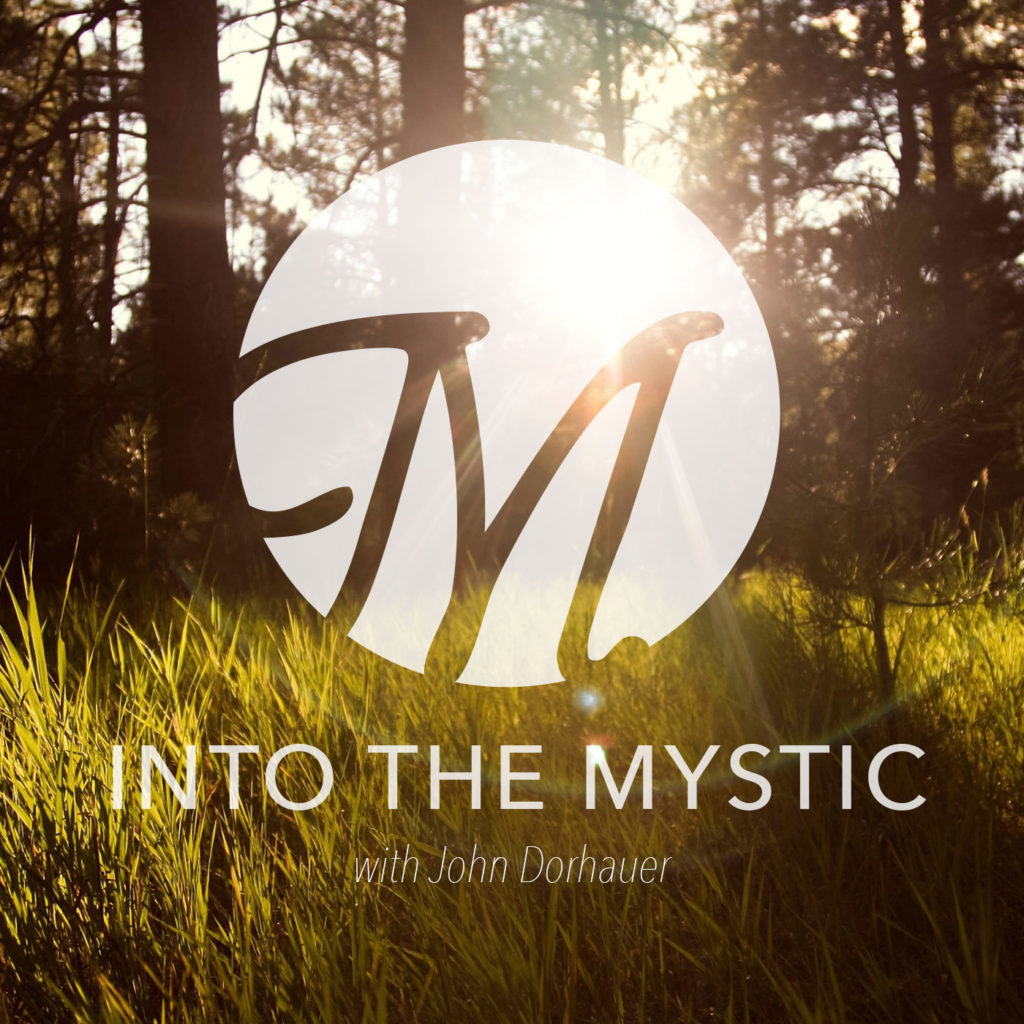Advent
In my particular expression of Christianity, we observe various liturgical seasons. My favorite is Advent – four weeks of deep spiritual contemplation anticipating the celebration Christmas.
Advent is from an old Latin phrase – ad venio, loosely translated “until the coming.” It is a time for reflection during which we prepare for Christ’s coming.
Christmas is itself the adaptation of an ancient ritual known as Saturnalia – a raucous and ribald occasion that celebrated the return of the light. It took place on the eve of the winter solstice – an evening that marked the sun’s slow walk back from the lengthening nights. The light was returning.
When early Christian communities, who knew very little about how or when the birth of Jesus actually took place, wanted to find a fitting time to commemorate his birth, they appropriated this pagan ritual and decided the return of the light was the perfect metaphor for celebrating the coming of Jesus: Saturnalia became Christmas.
In order to prepare herself for the coming of the Christ-child, the Church asked Christ’s followers to use the four weeks prior to that to examine not so much their inner being – that would come in Lent – but the outer world. As disciples called to extend the reach of God’s love most fully expressed through Jesus – Advent became the occasion to assess whether or not such love was evident.
The music of Advent is easily and far away my favorite music the Church produces. Don’t get me wrong, Christmas music and Easter music, with their joy rich and evident – inspire me greatly. But Advent music stirs my soul and calls to me to be an active agent of love in a broken and disturbed world.
I wait an entire year to attend services the first week of Advent just to sing again the opening line from one of my favorite pieces of music: “O come, O come Emmanuel, and ransom captive Israel.” I could spend the entire Advent season unpacking the meaning, the intent, the call inherent in that single line.
The first two words express deeply and quite substantially the posture of the worshiper in Advent: O come. It is a posture of prayer before the Creator. It gives the worshiper in song the voice of the supplicant. That first word – but a single letter – encompasses the deep longing of a world in need of love. The second word, a verb calling for action, admits to the one who has called us into service and into mission our dawning awareness that we are incomplete. All that we see admits to the utter insufficiency of our capacity to love change into being. We need the Creator. O come.
I will spend my time during this Advent season looking at the musicality and the lyricism of Advent. It is rich with image and metaphor, with minor tonality expressing the interplay of dark and light. It expresses the liminality of our time: the days between what has been and what will be; the shadowed valleys we walk in while light and dark wrestle prior to the spring’s awakening of all that become new again.
The music expresses with candor and without shame that for all we have given in service to our Creator in the effort to effect peace we have fallen short of the mark. It boldly dares to remain hopeful in spite of that, asking that the pathway to new life open up on our horizon.
Blessed Advent, gentle listener. May it please the Creator to free you up to see with new eyes what the past has wrought, what the present gives, and what the future promises. Find yourself open in this season to what eyes can see and ears can hear. May the Sacred walk with you. May your Emmanuel, your God with us, by whatever name you call her – abide with you on this journey into the shadowed light of early winter.
And may there be surprises awaiting you when the light dawns on this, your journey Into the Mystic.
